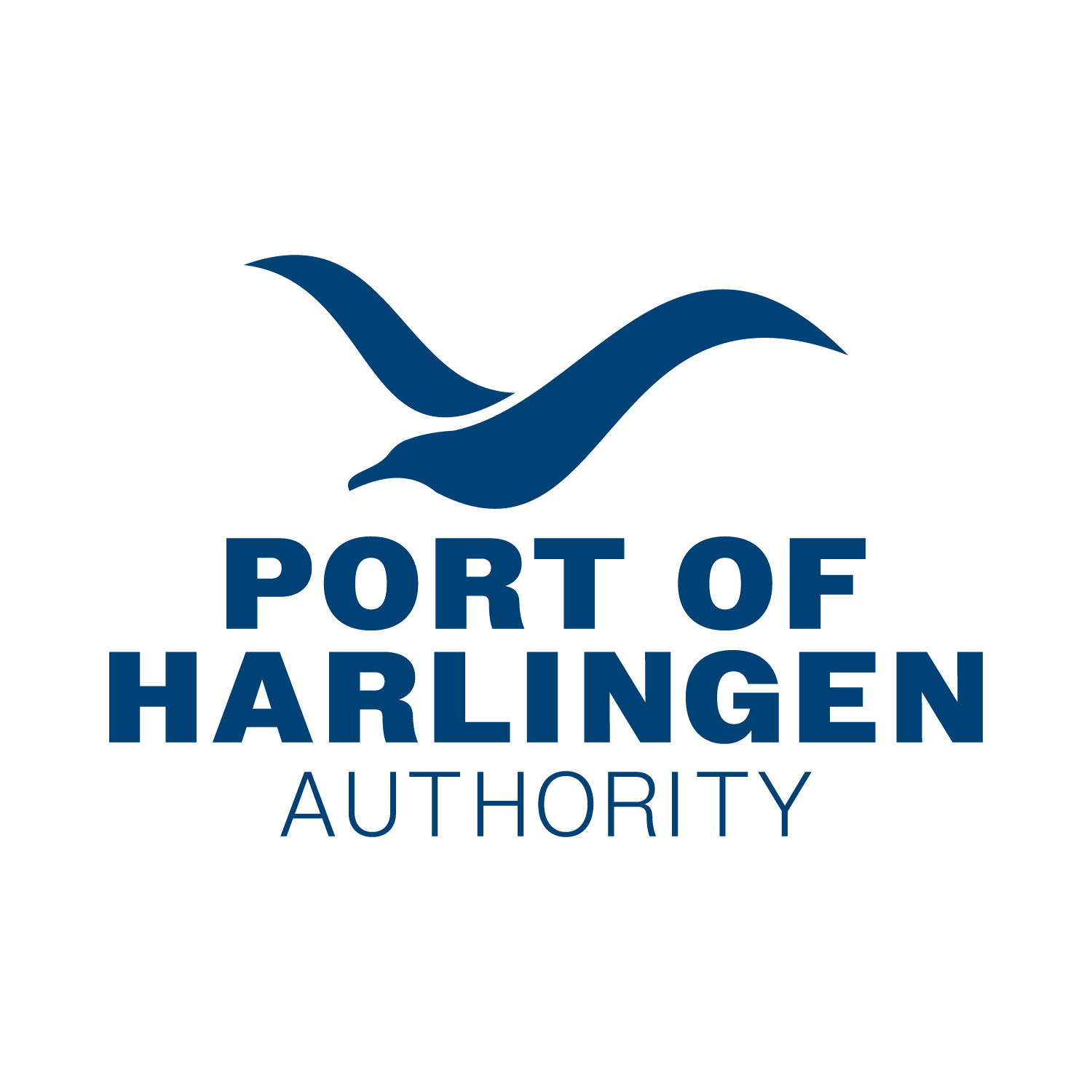
HARLINGEN, TX– The last time the Port of Harlingen created a Master Plan was in the 1990s. Then, the Port was handling about 650,000 tons in commodities and construction of the Free Trade Bridge in Los Indios was just completed showing promise as a major Foreign Trade Zone for transportation.
Now, in 2020, The Port of Harlingen has doubled its commodities, with two million tons being transported each year via water, air, rail or highway. Spanning 2,000 acres, the Port houses two cotton gins, which process and ship an average of 120,000 bales; stores and ships 150,00 tons of sugar; and transports 100,000 tons of agricultural fertilizer, as well as a large influx of petroleum products with 1.1 million tons in fuel received last year.
More than two decades later, Free Trade Zone #62 is the largest in Texas. A growing need for infrastructure expansion and improvements, and potential for diversifying commodities are among the developments driving a new comprehensive update of the Port Master Plan.
“The Port of Harlingen has so much potential for growth in services and commodities,” said Port Director Walker Smith. “It is our duty to make sure we properly plan and manage for not only short-term growth, but sustainable growth for economic, environmental and community benefit in the future.”
The Port has 650 linear feet of multi-cargo wharf, 100 linear feet of which are dry bulk wharf and five docks on its water side. One of the Ports advantages is the inland, multimodal, transportation network with direct connections to US-77, US-83 and Interstate I-69, a terminal rail served by Union Pacific with connections to Burlington Northern Santa Fe and Kansas City Southern de Mexico, and air service through the International Cargo facilities at Valley International Airport.
The new master plan, developed in partnership with Port commissioners and HDR Engineering, will serve as a guide for long-range planning and development for operations, business expansion and infrastructure. Since the 1990s, the Port has rebuilt its multi-cargo wharf, transformed roads from asphalt to more durable concrete, and upgraded the ports water system with the East Rio Hondo Water Supply Corporation. However, because of burgeoning local and regional economic expansion a new plan will create adequate and enduring growth.
“It has been several years since our Master Plan was updated, but with the recent substantial increase in trade with Mexico and the explosive growth of the agricultural sector of the Rio Grande Valley it was time,” Alan Johnson, Port of Harlingen board chair, said. “Previous master plans have focused primarily on the allocation of assets with only slight attention paid to international trade. Mexico has changed that with their need for petroleum and fertilizers, which the Port of Harlingen imports.”
Growth in partnerships have also contributed to the necessity of expansion. Along with engagement with city organizations like the Harlingen Economic Development Corp., the city of Harlingen and Cameron County officials, the Port has received substantial support from its effective member of Congress, Filemon Vela and his staff; Senators Cornyn and Cruz and their staffs; the US Army Corps of Engineers, District, Division and Headquarters, including District Commander, Col. Timothy Vail, who has created an Emerging Ports Initiative.
“We are fortunate to have Congressman Vela, whose diligent representation of the Port of Harlingen has been unwavering. In addition, we owe gratitude to the US Army Corps of Engineers Galveston District in continuing to support our dredging needs,” Smith said.
Starting in 2019, HDR conducted interviews, analyzed financial and market data and opportunity for growth to create a two-fold master plan serving for both strategic development and project planning. HDR looked at each aspect of the Port from opportunities to challenges in both facility, infrastructure, personnel, and community outreach, and how to comprehensively move forward in each area. The plan not only takes into account current and future expansion needs of the Port, but also policy and regulatory changes over the last three decades. The final document was released in late 2019 for approval and overview of Port staff and commission, and final preparation in 2020.
“At this time, the POH is running out of land for industrial use and this master plan will assist us in allocating the net usable land to its highest and best use,” Johnson said. “The Port of Harlingen Commissioners are committed to this Master Plan having been an integral part of its development. A system of checks and balances has been developed to ensure that milestones are met and new goals established.”
“This comprehensive plan will serve as our guide to planning how the Port will look and operate over the next 20 years,” Smith added. “However, what is good about this plan is its fluidity. It allows us to change course and update goals as necessary as the future unfolds.”
Goals at-a-Glance
Short Term
- Improvements to roadways and drives to accommodate the increased truck traffic
- Creation of a diesel fuel truck loading area
- Turning basin expansion planning and dredging permit
- Staff growth
- New cargo/containment lay down yard
- Proposed bulkhead
Long Term
- realignment of rail tracks, which includes short term reconstruction and long-term expansion development in phases
- infrastructure improvements, i.e. water, sewage, electric to accommodate for future expansion.
- new and upgraded dock equipment for handling more diverse commodities.
- Cargo Storage improvements
- Port/Dock expansion
- Site improvement for current tenants with expanding facility needs
An expanded version of The Port of Harlingen Master Plan is available online; click here. For more information, contact Amy Lynch, director of public relations and marketing, at (956) 244-7883 or at amy@port-8c9414.ingress-earth.easywp.com.
###

Recent Comments